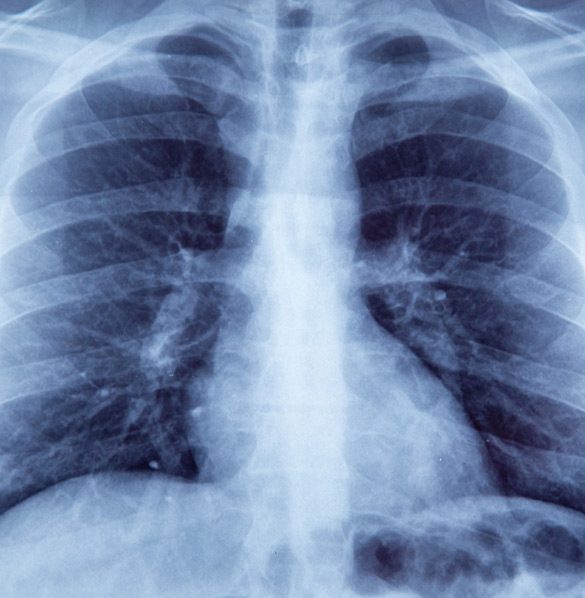Surgery may eventually become a possible solution for discomfort that’s not going away with conservative treatments. Yet for many chronic pain sufferers, there’s an understandable desire to avoid this option, if possible. One non-invasive possibility that’s proving to be successful for patients with persistent nerve-related pain is radiofrequency ablation using COOLIEF*. It’s an outpatient technique that uses temperature and radiofrequency technology to soothe irritated nerves.

How It Works
Sensory nerves contributing to chronic pain are targeted during treatment with radiofrequency ablation using COOLIEF*. With live x-ray guidance, cooled radiofrequency energy is safely applied to pain-causing nerves in a process that starts with the heating of tissues with radiofrequency energy. Water is circulated through the COOLIEF* device as nerve tissues are heated. The combination of temperatures allows the right amount of heat to be applied to nerves. The cooling sensation provides added relief and increases the treatment area to extend relief.
Preparing for Treatment
Diagnostic tests are performed prior to the procedure to determine if a patient’s pain is primarily from nerve pressure or irritation. Not all forms of chronic pain are nerve-related. Ideal candidates are otherwise healthy without any serious underlying conditions, such as uncontrolled diabetes and high blood pressure, that may also be contributing to pain.
Uses for RF Ablation Using COOLIEF*
This form of temperature treatment has been used to ease chronic nerve pain in several locations, including the lower back, knee, neck, and around arthritic joints. Chronic low back pain, in particular, is often related to nerve irritation that frequently results in radiating pain felt in the thighs, buttocks, hips, and legs. Radiofrequency ablation using COOLIEF* goes beyond the simple application of heat or cold with ice, gel packs, heat packs, and heating pads and targets nerves in a more direct way.
What It May Mean for Patients
For many chronic pain sufferers, frequent bouts of discomfort can make it difficult to perform daily activities. Patients who benefit from the procedure often enjoy increased mobility and a better quality of life. Recovery occurs fairly quickly and there’s no need for an overnight hospital stay. Pain relief is often experienced soon after affected nerves are soothed. The treatment may also:
- Allow patients to delay or avoid surgery
- Contribute to improved sleep as pain eases
- Lessen dependence on certain pain medications

What to Expect After Treatment
Minimal pain may be experienced at the site where the alternating temperatures are applied. It usually goes away within a few weeks. Ice packs and mild pain relievers may ease any discomfort.
Radiofrequency ablation using COOLIEF* may provide relief from chronic pain for up to two years for some patients. It’s not meant to be an automatic cure for all types of chronic pain. However, the technique does appear to work well when used to ease persistent discomfort linked to nerve irritation. Some patients may be able to take more of an active role in physical therapy and get regular exercise because of the relief experienced, which can increase muscle strength and further minimize pain.
